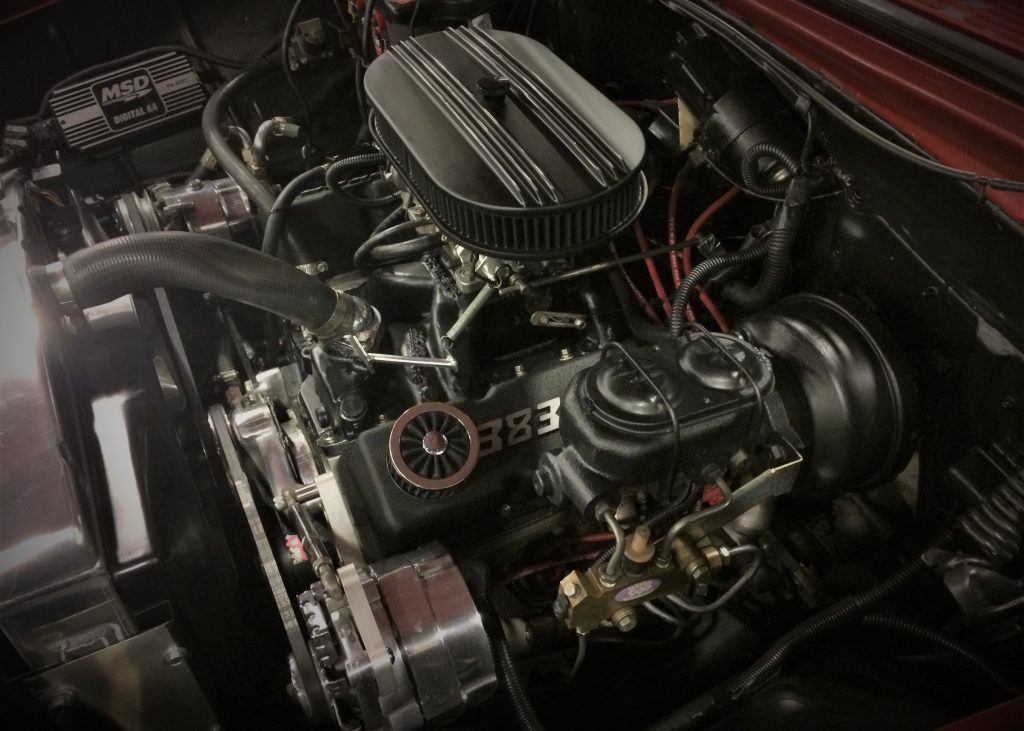You’ve got questions. We’ve got answers — when we work with the Summit Racing tech department to help you tackle your auto-related conundrums. In this week’s Mailbag, we help a reader troubleshoot sluggish engine performance he’s experiencing when his Holley carburetor’s vacuum secondaries are activated.
Q: I have a Chevy 383 stroker with a Holley 600 cfm vacuum secondary carburetor. When the carb’s secondaries open, the engine bogs down. I’ve tried all of the springs in Holley’s vacuum secondary spring assortment; right now, I’m using the black spring. I’m still using the stock fuel pump—could that be the problem?

A: The first thing you need to do is look at your spark plugs. This will help you determine if the carburetor is running rich or lean. To get a true plug reading, take the car out and make a good run at wide-open throttle. Pull off to the side of the road, and remove a few spark plugs.
If the plugs are black and fuel soaked, the air/fuel mixture is too rich and the carburetor needs to be leaned out.
If the plugs are white and look new, the engine is running too lean and the carburetor needs to be set richer.
You might also want to check for vacuum leaks or loose vacuum hoses. These can cause problems similar to what you’re experiencing.

I would also check secondary float level too.
I agree. Folks seem to forget that very fine tuning, especially at idle & off idle, can be improved by tweaking the float level.
Secondary butterflies are sticking have to be realigned loosen the butterfly screws a little open and closed the carb
I think that you do not have enough carb, a 600 would barely be enough for a mild canned 350 much less than a 383 striker. My opinion, you are bogging because of not enough fuel delivery. 1st, upgrade carb, second, fuel system, throw the stoke pump out, get a high volume and install an adjustable regulator.
Mild cammed
Throwing parts at a situation where you do not know where you stand with air/fuel delivery is nuts. Do not forget there are stand alone “O2” sensors you can install in each bank for that power run. DO NOT forget about jetting and timing. The use of a dyno makes data easier to record and use.
Creo que lo que le está fallando hay es la mezcla Aire combustible esta pobre en cfm necesitas más Aire para mi opción